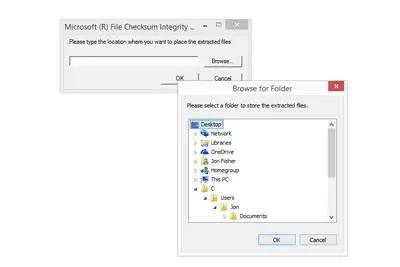

We support binary, octal, decimal, octal, hex (default) predefined bases and also custom bases from 2 to 36. After MD5s are generated, you can convert them to a custom base. For example, "abc?000*" will generate a hash that starts with "abc", followed by any three hex digits, followed by three zeros, and then followed by random characters. The special character "?" means any hex digit. For example, to generate MD5s that start with a zero and end with a one, you can enter "0*1" in the format field. The custom MD5 format option allows you to enter wildcard format that the MD5 hashes will follow. In hex encoding, 128 bits are represented as 32 hex characters (each hex character is 4 bits). The MD5 message digest algorithm was invented by MIT professor Ronald Rivest in 1992 and it produces 128-bit hash values. MD5 Hash string is usually represented as a.
MD5 ENCODING SITE CODE
If you have a program such as code md5sum/code then the number. Its developed by Ronal Rivest in 1991 to make it more prominent than MD4. If you’d directly convert those to characters then you might lose data as not every byte will result in a (printable) character. MD5 hashes are also used to ensure the data integrity of files. Although MD5 was initially designed to be used as a cryptographic hash function, it has been found to suffer from extensive vulnerabilities. This tool provides a quick and easy way to encode an MD5 hash from a simple string of up to 256 characters in length. The MD5 message-digest algorithm is a cryptographically broken but still widely used hash function producing a 128-bit hash value.

An MD5 hash is 128 bits or 16 bytes in size. MD5 hashes are commonly used with smaller strings when storing passwords, credit card numbers or other sensitive data in databases such as the popular MySQL. It has several nifty configuration options that let you set how many MD5 checksums you need, configure a custom MD5 format, choose output base, and change MD5 case to upper case, lower case or random case. Answer (1 of 2): None, as the output of MD5 is binary. Example: MD5 (dCode) e9837d47b610ee29399831f917791a44 but MD5 ( MD5 (dCode)) c1127c7b6fdcafd97a96b37eaf035eaf MD5 is not the only hash function, it also exists SHA1, SHA256, SHA512 etc. Live mode OFF Encodes in real-time as you type or paste (supports only the UTF-8 character set). The MD5 hash function was originally designed for use as a secure cryptographic hash algorithm for authenticating digital signatures. This tool generates random MD5 digests in your browser. Perform URL-safe encoding (uses Base64URL format).


 0 kommentar(er)
0 kommentar(er)
